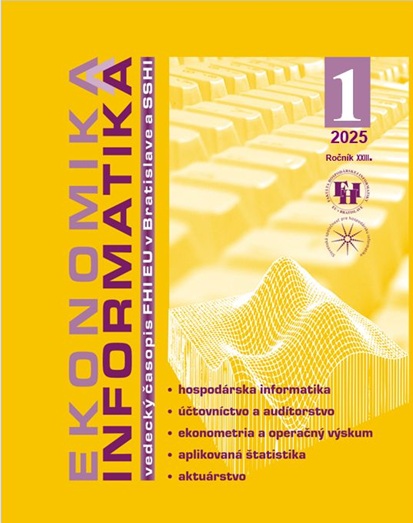Advanced risk modeling in motor third party liability insurance: Using statistical methods and machine learning
Keywords:
Health insurance, actuarial mathematics, sickness benefits, commutation functionsAbstract
This article aims to analyze the potential of combining traditional statistical methods with machine learning (ML) models in the context of compulsory motor third party liability insurance (MTPL). The study begins with the application of generalized linear models and contrast analysis to statistically segment policyholders based on risk factors such as driver age, vehicle brand and engine power, or location. In the next phase, ML algorithms - particularly Random Forest - are used for imputing missing data and predicting claim severity. The results show that machine learning achieves higher predictive accuracy (R² = 0.76) than traditional models (R² = 0.71), identifying key risk drivers. The combined analytical approach leverages the strengths of both methodologies—interpretability and regulatory transparency of statistics, alongside the scalability and computational power of ML. The study concludes by recommending a hybrid modeling framework as an optimal tool for policyholder segmentation, dynamic pricing, and effective risk management in MTPL.Downloads
Published
2025-06-24
Issue
Section
Articles

